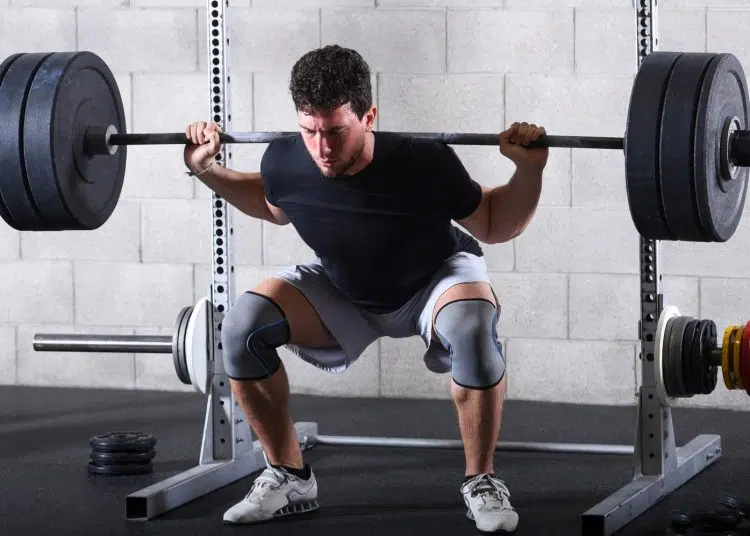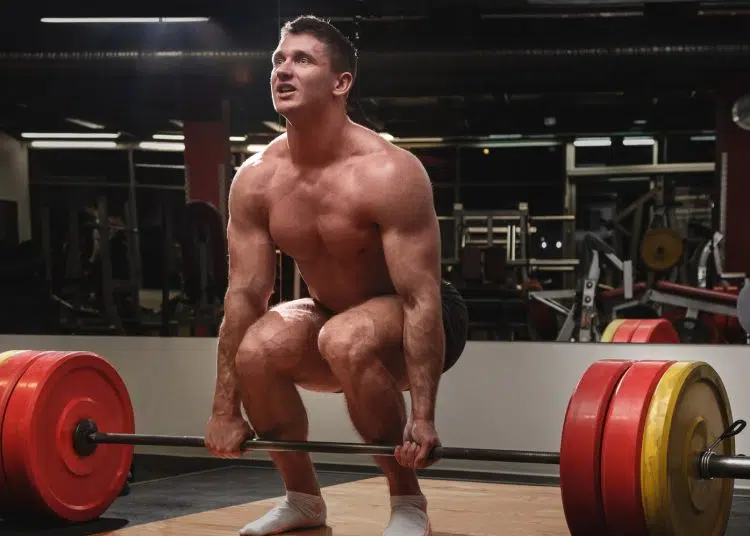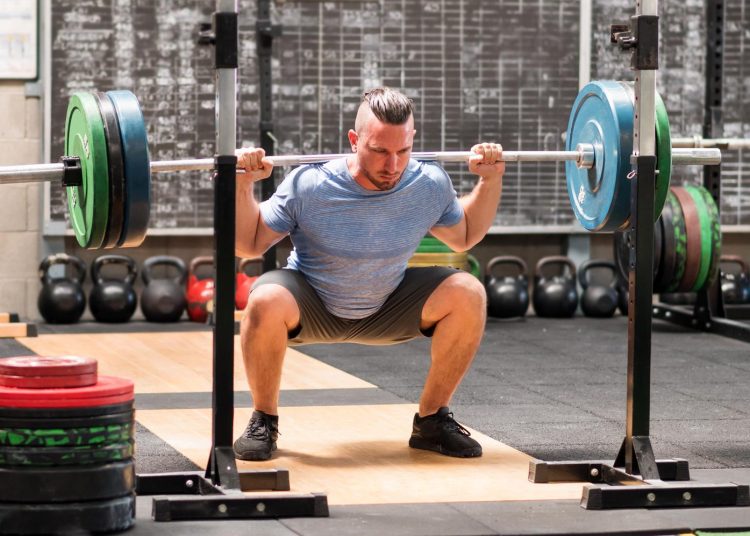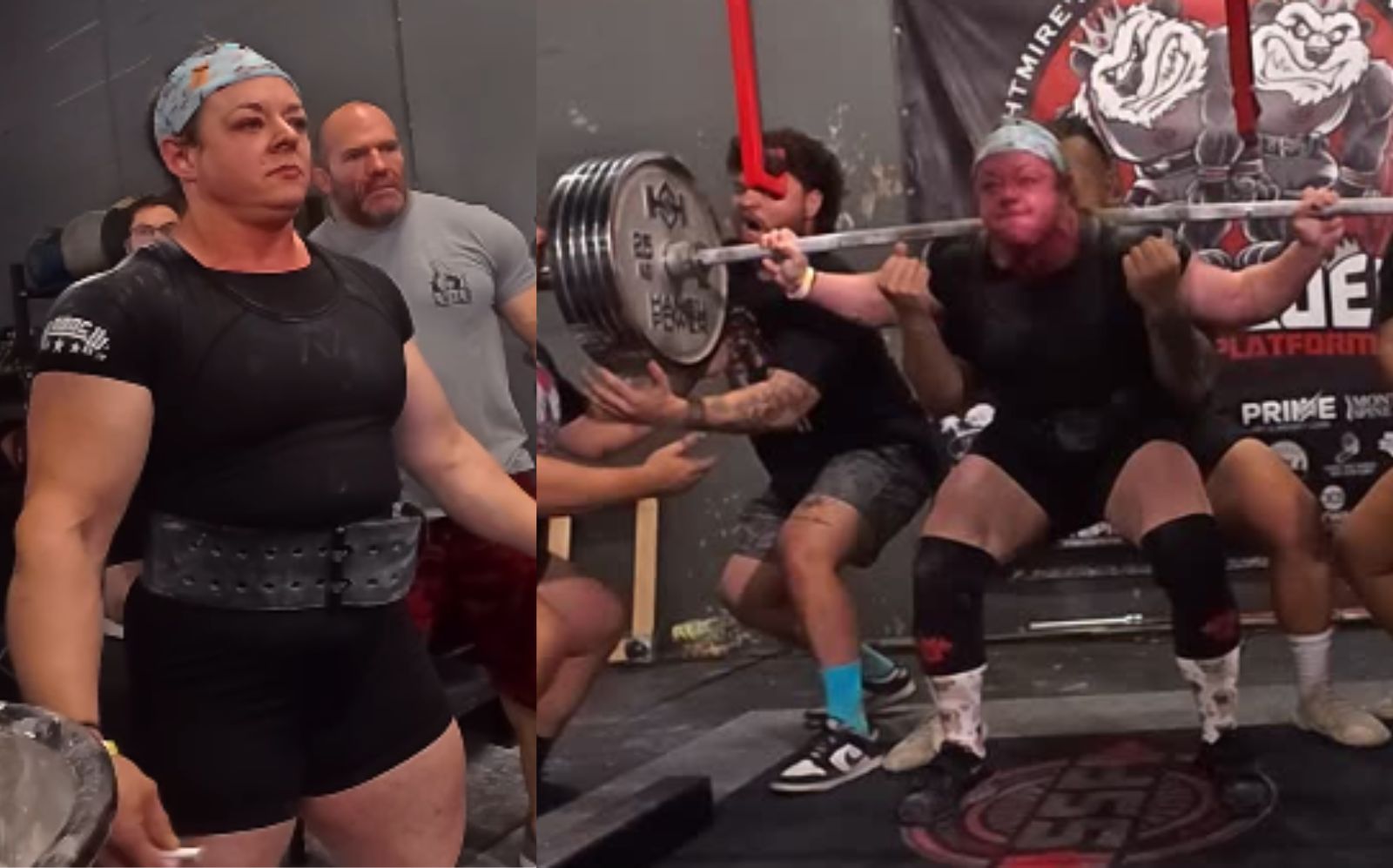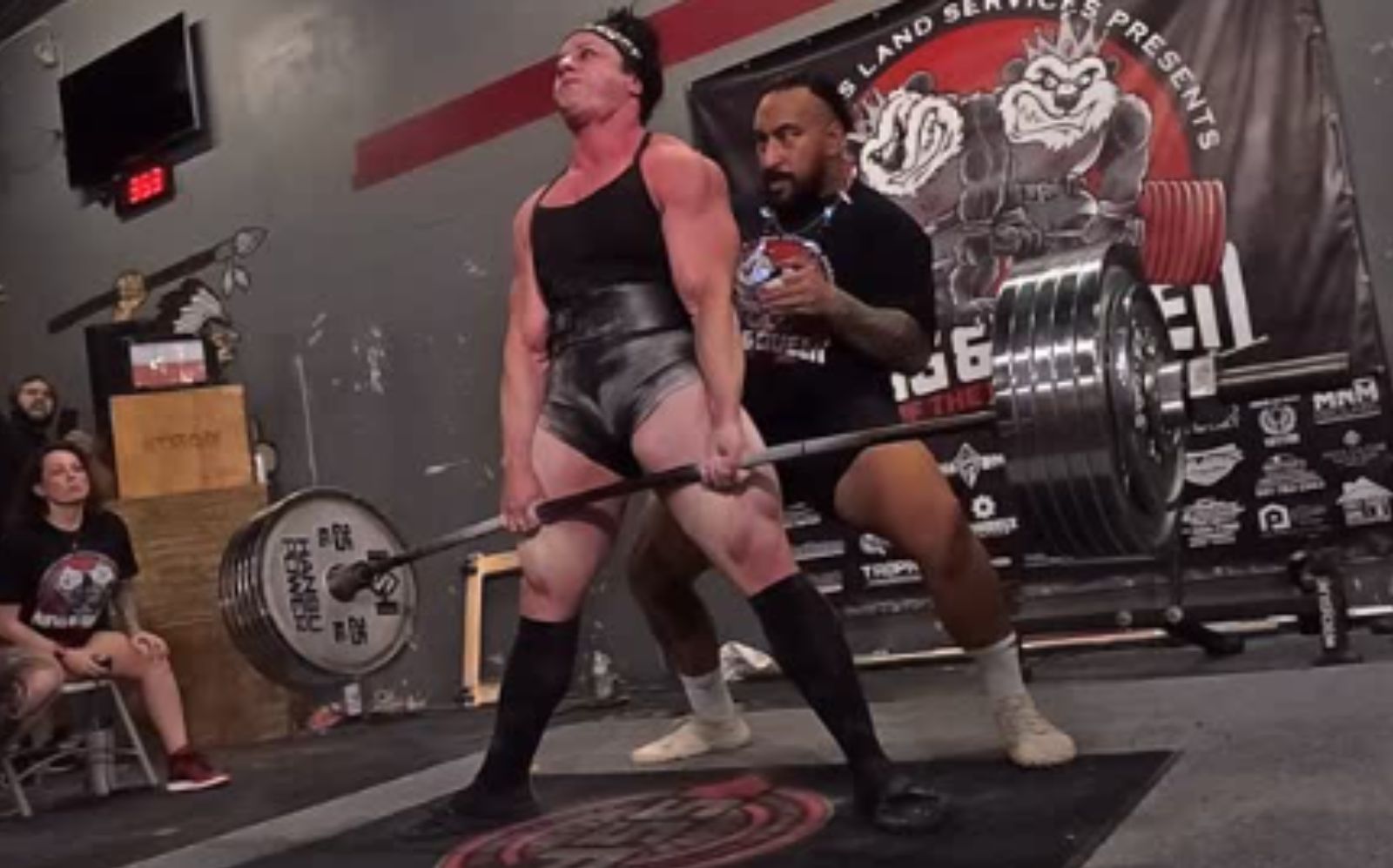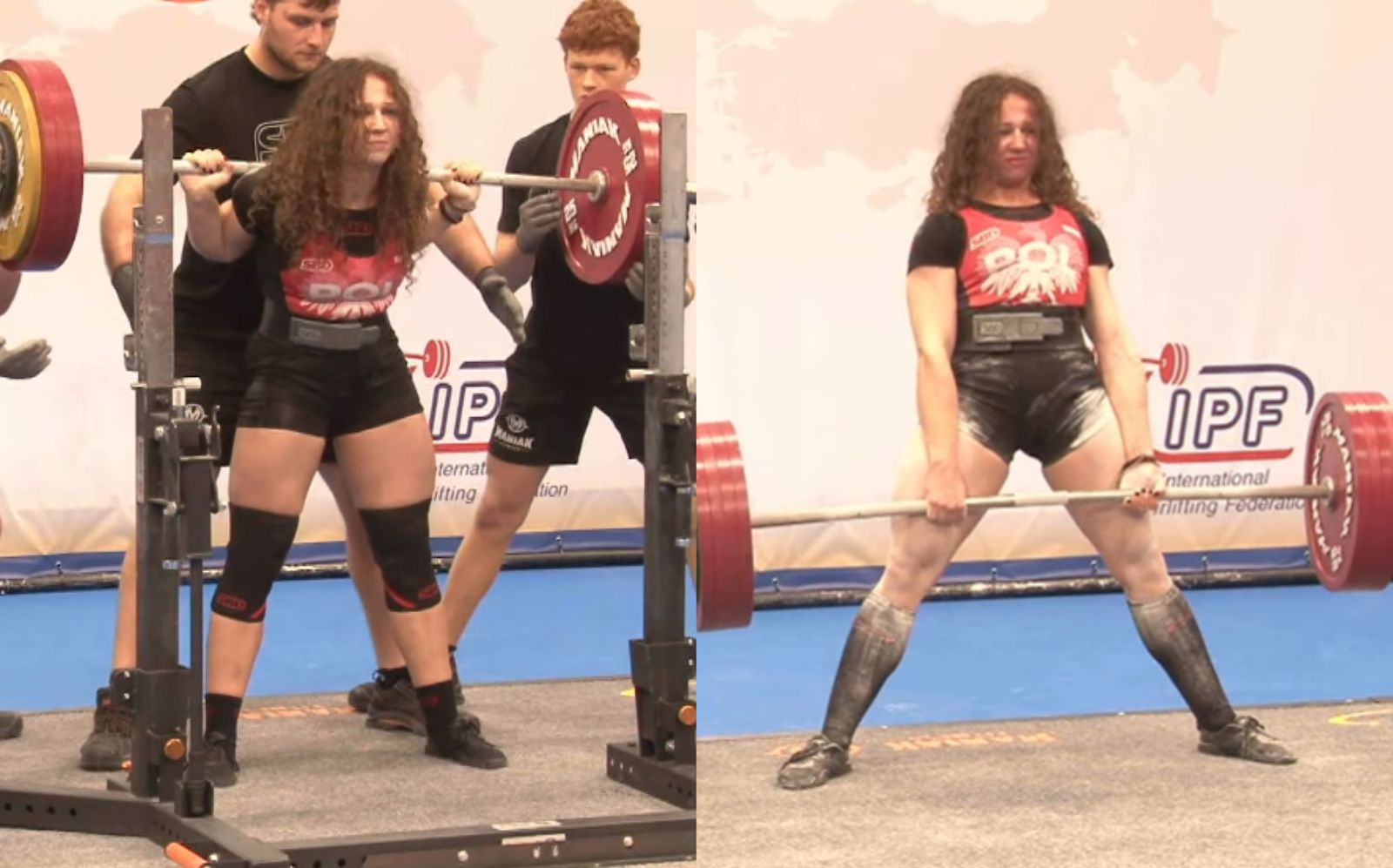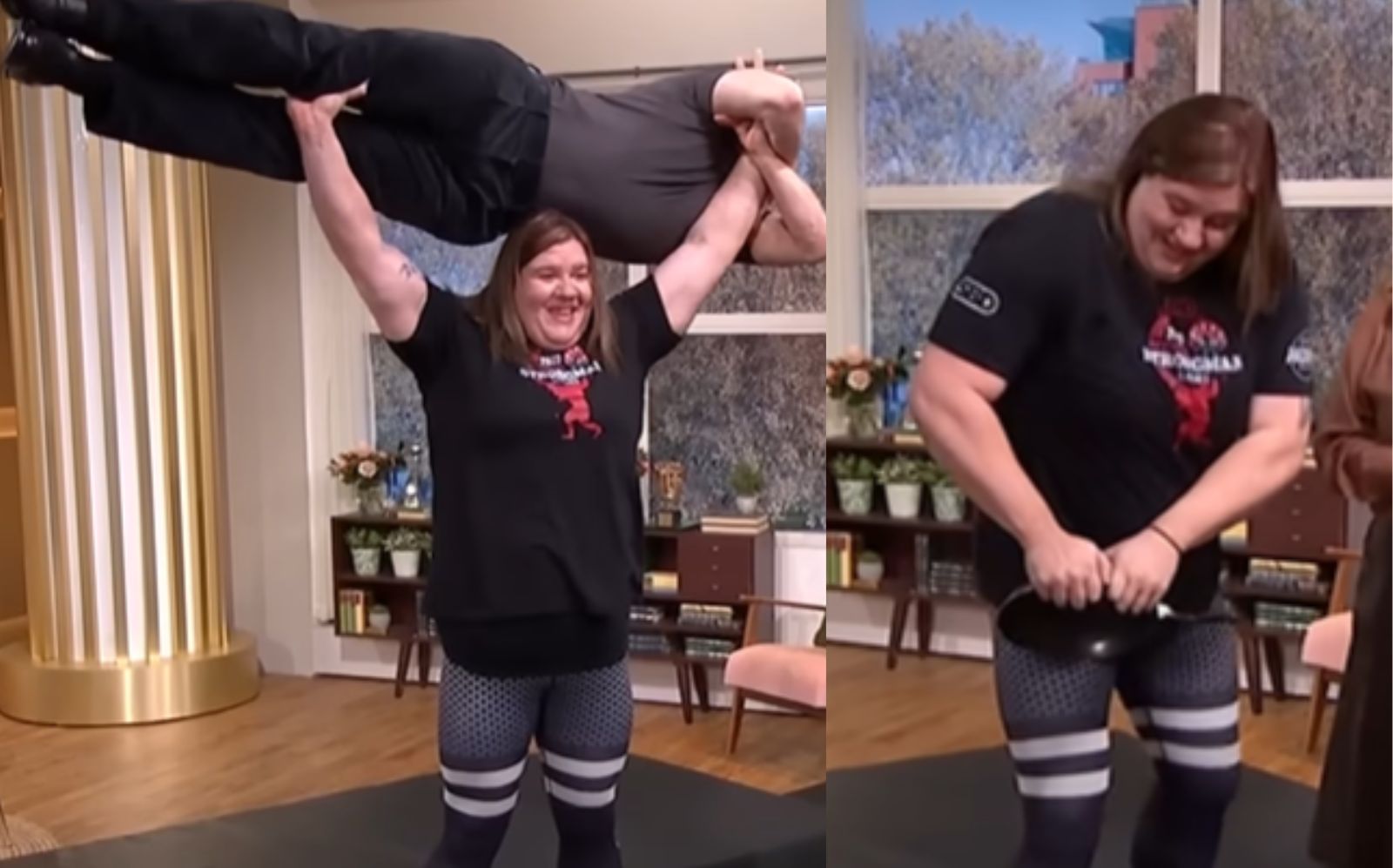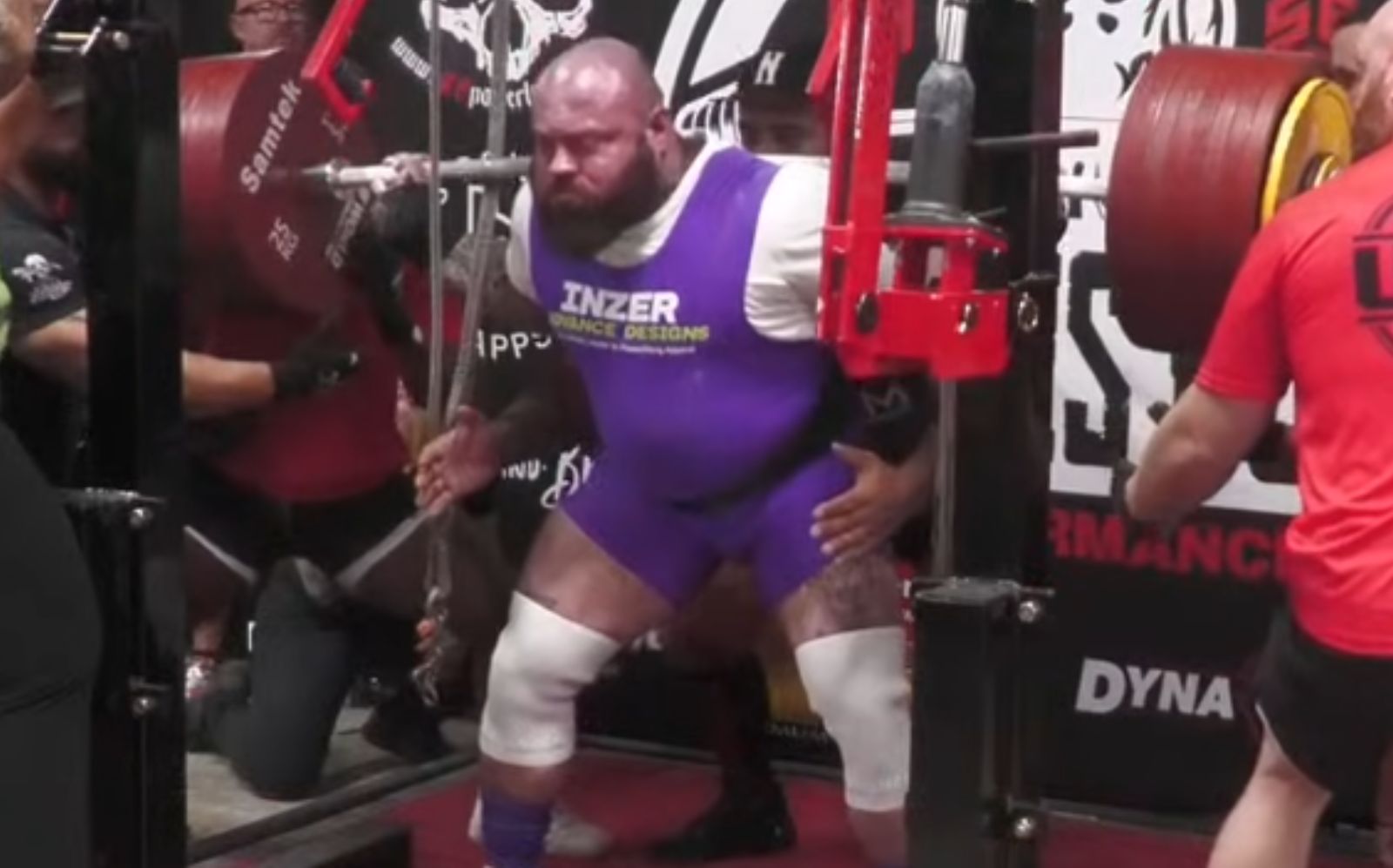As a veteran personal trainer, I’ve been helping people achieve their fitness goals for more than 30 years. Some want to build muscle, while others want to get lean. Some of my clients work out for health and longevity.
Unfortunately, the price of being a successful trainer is that I don’t always have as much time to train as I’d like. Despite working in a gym, long daily workouts don’t fit into my work schedule.
Frustrated by my lack of training time, I started exploring ways to fit my workouts around my work diary. I experimented with calisthenics and micro workouts, and while they were effective, neither provided the results I wanted.
You see, as a former powerlifter and athlete, my training has always revolved around heavy lifting. Consequently, I decided to give minimalistic powerbuilding training a try.
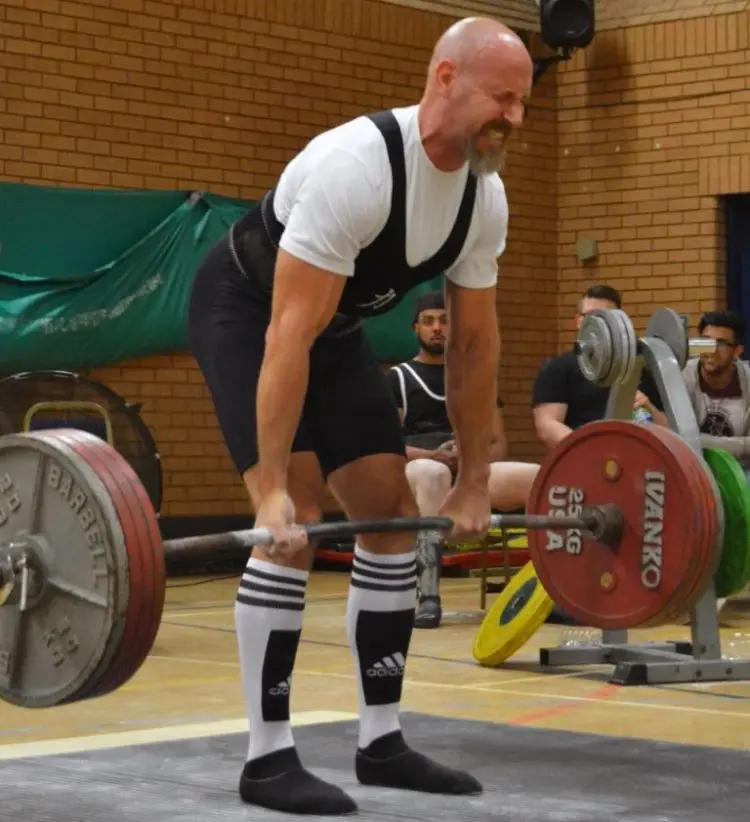
With this approach, you strip your workouts down to the bare bones, doing only the most important exercises. This keeps your workouts as short as possible while still—hopefully—providing enough volume to deliver worthwhile gains.
In this article, I share what happened when I reduced my workouts to just four lifts and only trained three times a week.
Level Up Your Fitness: Join our 💪 strong community in Fitness Volt Newsletter. Get daily inspiration, expert-backed workouts, nutrition tips, the latest in strength sports, and the support you need to reach your goals. Subscribe for free!
My Eight-Week Minimalist Powerbuilding Program
Powerbuilding combines powerlifting with bodybuilding to increase muscle size and strength simultaneously. Powerbuilders are usually more interested in building functional mass than pure aesthetics, although that doesn’t mean it won’t help you develop an attractive physique.
Most powerbuilding programs involve powerlifting’s “big three”—squats, bench presses, and deadlifts—plus a few auxiliary exercises. However, as I was going down the minimalist route, I only did four lifts:
- Squats
- Bench press
- Deadlifts
- Overhead press
Between them, these exercises work most major muscles. For example, deadlifts involve your glutes, hamstrings, lower back, upper back, biceps, and forearms. In contrast, bench presses hit your chest, shoulders, and triceps. The only muscles that don’t see a lot of action are the calves, but that’s the price you must pay for minimalism.
Creating my Plan
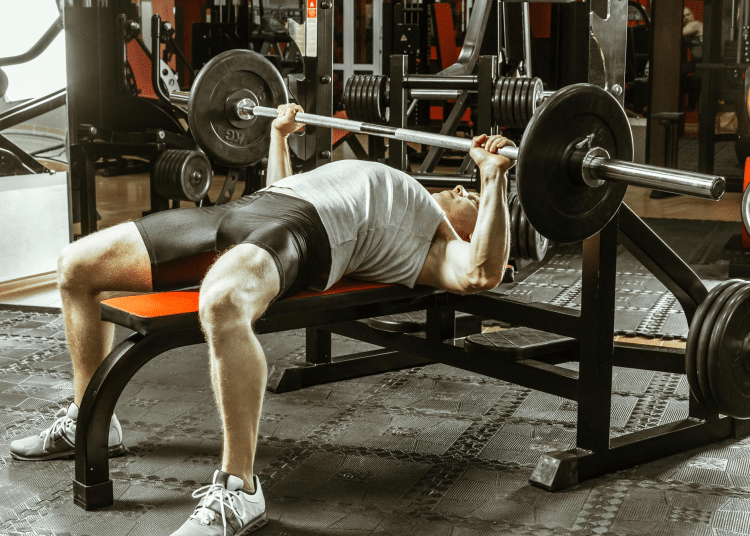
My first thought was to do all four exercises three times a week. However, this approach proved unsuccessful. The workouts were too long and repetitive, leaving me feeling tired and bored—not a good combination!
So, I went back to the drawing board and came up with this weekly training plan:
Workout 1
- Squats
- Bench Press
Workout 2
- Deadlifts
- Overhead Press
Workout 3
- Squats
- Bench Press
- Deadlift
- Overhead Press
This routine meant I could do each exercise twice per week, and only one workout—which I did on Saturdays—took more than an hour. The weekday workouts were over and done in 40 minutes.
Sets, Reps, & Rest
Regarding sets and reps, powerbuilding combines heavy weights and low reps for strength with moderate loads and medium to high reps for hypertrophy. Consequently, I used two rep and load schemes for each exercise per workout.
- 3 sets of 5 reps (heavy strength work, 2-3 min rest)
- 2 sets of 8-10 reps (moderate weight for size, 60-90 seconds rest)
This provided sufficient training volume to build strength and muscle while keeping the program as minimalistic as possible—just eight sets per exercise per week. Though lower than conventional programs, research suggests this was still enough volume for progress (1).
Workout Breakdown
Workout 1
| Exercise | Sets | Reps | Recovery | |
| 1 | Squat | 3 | 5 | 2-3 minutes |
| 2 | Squat | 2 | 8-10 | 60-90 seconds |
| 3 | Bench Press | 3 | 5 | 2-3 minutes |
| 4 | Bench Press | 2 | 8-10 | 60-90 seconds |
Workout 2
| Exercise | Sets | Reps | Recovery | |
| 1 | Deadlift | 3 | 5 | 2-3 minutes |
| 2 | Deadlift | 2 | 8-10 | 60-90 seconds |
| 3 | Overhead Press | 3 | 5 | 2-3 minutes |
| 4 | Overhead Press | 2 | 8-10 | 60-90 seconds |
Workout 3
| Exercise | Sets | Reps | Recovery | |
| 1 | Squat | 2 | 5 | 2-3 minutes |
| 2 | Squat | 1 | 8-10 | 60-90 seconds |
| 3 | Bench Press | 2 | 5 | 2-3 minutes |
| 4 | Bench Press | 1 | 8-10 | 60-90 seconds |
| 5 | Deadlift | 2 | 5 | 2-3 minutes |
| 6 | Deadlift | 1 | 8-10 | 60-90 seconds |
| 7 | Overhead Press | 2 | 5 | 2-3 minutes |
| 8 | Overhead Press | 1 | 8-10 | 60-90 seconds |
Armed with my new training program, I embarked on my eight-week minimalist powerbuilding program. Would it deliver the results I wanted, or was it a dud? I’d find out during the coming two months!
Further Reading: Two-Exercise Workouts for Time-Pressed Bodybuilders
Weeks 1 & 2 – Breaking In My Unconventional Program
The success of any program hinges on your ability to stick to it. Even the best routine won’t produce results if you don’t follow it consistently. After all, missed workouts don’t build muscle or strength.
That wasn’t an issue with my new minimalist powerbuilding routine. The workouts were short and infrequent, making them easy to fit into my busy schedule. They were also very enjoyable, and I finished each one feeling satisfied and energized.
However, the low volume meant each session was over almost as soon as it started, which shook my confidence. I mean, a workout has to last an hour or more to be effective, right?
I set these doubts aside, put my faith in the science behind the program, and hoped it would deliver the results I wanted.
Weeks 3 & 4 – Finding My Groove
By week three, I had settled nicely into my minimalist powerbuilding routine. The workouts felt efficient, and I no longer questioned if they were “enough.” Instead of dragging through long sessions, I hit the gym, lifted heavy, and got out. The focus was on training quality, not quantity.
That’s not to say there weren’t challenges. Lifting with limited volume meant every set had to count—I couldn’t afford any wasted reps. If I was feeling off, I couldn’t just add a few extra sets or swap movements. It was all or nothing.
Despite my initial doubts, my strength was creeping up. Weights that had felt heavy in week one were starting to feel more manageable, and I was recovering well between sessions. The minimalist approach was working, and I was pleased with my progress—at least so far.
Weeks 5 & 6 – Gains and Growing Pains
By week five, things were really starting to click. I was noticeably gaining strength, and I felt more confident in the minimalist powerbuilding approach. The workouts were still short and to the point, but I was pushing heavier weights and recovering well between sessions. My body weight was also starting to creep up.
However, I was also beginning to notice a few downsides…
Level Up Your Fitness: Join our 💪 strong community in Fitness Volt Newsletter. Get daily inspiration, expert-backed workouts, nutrition tips, the latest in strength sports, and the support you need to reach your goals. Subscribe for free!
With only four lifts, some muscle groups weren’t getting as much attention as I’d like. I noticed it most in my back—without pull-ups or rows, I felt like something was missing. My legs were getting stronger from squats and deadlifts, but without single-leg work, my balance and functional strength were regressing.
I also started to miss some of my other favorite exercises. I enjoy variety, and while the simplicity of this program was appealing, by week six, I found myself craving new exercises.
The program was doing its job, but I couldn’t help feeling that I was limiting my progress by focusing on such a limited number of lifts.
Weeks 7 & 8 – The Home Stretch
I had mixed feelings during the last two weeks of my minimalist powerbuilding experiment.
On the one hand, the program was a success—my main lifts had all improved, and my workouts had been very efficient. But, on the other hand, the drawbacks were hard to ignore.
By this point, I was really suffering from the lack of variety. My upper back and arms felt especially underworked, and I missed doing pull-ups, rows, and direct arm training. And while my squat and deadlift weights were up, the lack of single-leg exercises like lunges and Bulgarian split squats meant my athleticism and functional strength hadn’t improved.
Mentally, I was also ready for a change. The minimalist approach had been a great experiment, but I missed following a more balanced routine. Still, I stuck with it until the end so I could give the program an honest evaluation.
So, with one last push, I finished strong—then it was time to reflect on the results.
Results from Eight Weeks of Minimalist Powerbuilding Training
The low training frequency and time commitment meant that I had no problem sticking to my minimalist training program. Consequently, I didn’t miss any workouts, which in itself is a victory. This ensured that my results from eight weeks of low-volume powerbuilding were as good as possible.
Strength Gains
My training weights all increased during my eight-week powerbuilding experiment. This suggested that I had become stronger—hardly surprising given the focus on low reps and heavy loads.
However, I confirmed these increases by doing one-repetition maximum (1RM) testing at the start and end of the two-month program.
| Lift | Before (1RM) | After (1RM) | Increase |
| Squat | 140 kg (308 lbs) | 150 kg (330 lbs) | +10 kg (22 lbs) |
| Bench Press | 100 kg (220 lbs) | 107.5 kg (237 lbs) | +7.5 kg (17 lbs) |
| Deadlift | 170 kg (375 lbs) | 185 kg (407 lbs) | +15 kg (32 lbs) |
| Overhead Press | 65 kg (143 lbs) | 70 kg (154 lbs) | +5.0 kg (11 lbs) |
While all these weights are significantly below my powerlifting prime, I’m still pleased with the increases, especially given how little training I did during the eight weeks.
Increased Body Weight and Muscle Mass
As a natural ectomorph, I find it hard to gain weight. While this trait helps me stay lean, it also means that I struggle to gain muscle mass. Consequently, I was pleasantly surprised when I hopped on the scales and saw that I’d gained four pounds during my two-month powerbuilding experiment.
My diet didn’t change much during this time, so I put this weight gain down to the fact I was training less and consequently burning less energy. The subsequent kilocalorie surplus provided the fuel needed for muscle growth.
My legs, chest, and shoulders were noticeably thicker and more muscular, but my arms and back didn’t appear to have grown much. My waist measurement decreased by half an inch, which may indicate that I’d lost a little body fat, too.
Improved Exercise Proficiency
Your body adapts to the type of training you do most. For eight weeks, I only did squats, bench presses, overhead presses, and deadlifts. As a result, I became even more proficient at these exercises than before.
This improved proficiency undoubtedly helped boost my 1RMs, as my movements were much more efficient. Certainly, it suggests that the best way to get better at an exercise is to do it more than once a week.
Muscle Imbalances
Compound exercises like squats, bench presses, etc., train a lot of major muscles, but they don’t work all of them. As such, I started to develop some muscle imbalances toward the end of this two-month program.
My biceps didn’t grow at all, and while deadlifts are an effective back exercise, my lats didn’t get any stronger. This came to light when I started doing pull-ups again and found that the number of reps I could do had decreased. However, my triceps grew slightly from all the bench and overhead pressing.
The lack of calf and core training was also noticeable, and I lost a little strength in both these areas.
I think these issues could have been easily avoided simply by adding a couple of extra exercises to the program. This would have had very little impact on the length of each workout but would have prevented these muscle groups from deteriorating. Just a few sets of chin-ups would have helped preserve or even increase back and biceps growth.
Closing Thoughts
Minimalist training can build muscle and strength. That’s good news for anyone who doesn’t have a lot of time for conventional workouts. However, while effective, a stripped-back program can leave gaps in your development, as it’s impossible to train all muscle groups equally when you limit your routine to just a few exercises.
That said, if you are unable to commit to a higher volume training program, minimalist powerbuilding should provide some decent results until you can adopt a more balanced routine.
Further Reading: The Minimalist Muscle Plan: A Two-Workouts-a-Week Program for Strength and Size
References:
1 – Fyfe JJ, Hamilton DL, Daly RM. Minimal-Dose Resistance Training for Improving Muscle Mass, Strength, and Function: A Narrative Review of Current Evidence and Practical Considerations. Sports Med. 2022 Mar;52(3):463-479. doi: 10.1007/s40279-021-01605-8. Epub 2021 Nov 25. PMID: 34822137.

